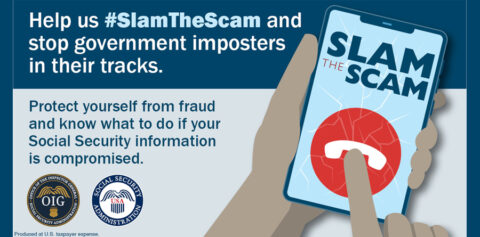Friday, February 17, is National Caregivers Day. In honor of the individuals who selflessly give care to others, we share the story of Becky Kortan, who cares for her mother Ruby with the help of the VCAAA.
VENTURA, California — Ruby Kortan, who turns 103 in April, has been luckier than most. She maintained her mobility until around the time she reached the century mark.
It was then that her daughter, Becky, moved back into the long-time family home in Santa Paula to begin caring for her mother.
“When she turned 90, all of our family came down and we went over to the Getty Museum and walked that entire place,” Becky said. “She walked it at 90, no cane, no walker, nothing. But, her mobility eventually started to get to the point where it wasn’t as easy to get around. She started with a cane and that worked for a while. And then it got where she had to go to the walker. Her strength gradually decreased.”
That left Becky in a position that many adult children face. Nearly 53 million Americans reportedly serve as a family caregiver to an older adult or a child with special needs. That’s a number that continues to rise.
“She didn’t need all that much for a while,” Becky said. “Just someone to check in on her periodically. Not like now, where we need someone with her all the time. Moving home wasn’t that big of an adjustment. Mom and I have always been like best friends. But I knew I would need help with caregiving. I needed someone to watch her while I was at work because I didn’t feel good about leaving her home alone.”
Becky serves as a preschool teacher at a private school in Ventura. She’s among the 69% of caregivers who both work and care for someone.
Her search for caregiving help brought her to the Ventura County Area Agency on Aging.
“I was very fortunate to learn about the VCAAA,” she said. “They have been very generous and really helped us out.”
Among the services that the Kortans have received from the VCAAA:
- Respite care (“For when I have to go to work, or when I have other appointments, or just need some time on my own.”
- Fall Prevention classes (“I wanted to find out what I could do to make the house safer on her behalf.”)
- Home modifications (“They came in and remodeled our main bathroom to make it safer. They put bars in and a nice little chair thing. They also took all of our steps and turned them into ramps so I can get her in and out of the house in her wheelchair much easier.”)
- Food delivery (“During COVID we received home-delivered meals, and we even had cat food delivered too.”)¹
 The VCAAA also gave Becky someone to talk to. Studies have shown that caregiver burnout is a real problem, and that caregivers are at a higher risk for problems such as anxiety, depression, hypertension, obesity and substance abuse. Studies have said that 40 to 70% of family caregivers exhibit some symptoms of depression, and more than 20% say that caregiving has negatively impacted their physical health.
The VCAAA also gave Becky someone to talk to. Studies have shown that caregiver burnout is a real problem, and that caregivers are at a higher risk for problems such as anxiety, depression, hypertension, obesity and substance abuse. Studies have said that 40 to 70% of family caregivers exhibit some symptoms of depression, and more than 20% say that caregiving has negatively impacted their physical health.
“I was able to get support for myself as a caregiver,” she said. “We would talk every couple of weeks about how things were going. We talked about things I could do to relieve stress. And he connected me to things as a caregiver that could help me.”
That support has helped Becky avoid the worst of those potential issues.
“Caregiving can be exhausting,” she said. “Mainly because I want to do the best for her, but I don’t always know what to do. It’s nice to have someone you can connect with. What they always tell me is, ‘Don’t forget to take care of yourself. If you don’t have what you need, you can’t take care of anyone.’ That’s one of the things that they drilled into me.
“You’ve got to take some time off, sometimes you’ve got to let someone else take care of her so you can take a breather. I like to go out and walk the beach, or go to Ojai and sit in the park, anything out in nature. But you need to take some time for yourself. And that’s what I learned from the people at the VCAAA that I connected with.”
Her advice to other caregivers?
“Don’t put too much stress on yourself,” she said. “I had one person tell me it’s like when you’re driving a car at night. Your headlights only go far in the dark. That’s how far you look. Don’t look beyond that, you don’t know what’s beyond there. You can only see so far, so go that far. And by the time you get there, you’ll see more. Just go with what you can see right now, and don’t stress about what’s over there yet. It’ll come, but take it one step at a time. And don’t forget about yourself.”
Learn more about the VCAAA’s caregiver services here.
¹ The VCAAA’s pet food deliveries are made possible through a partnership with Ventura County Animal Services.








